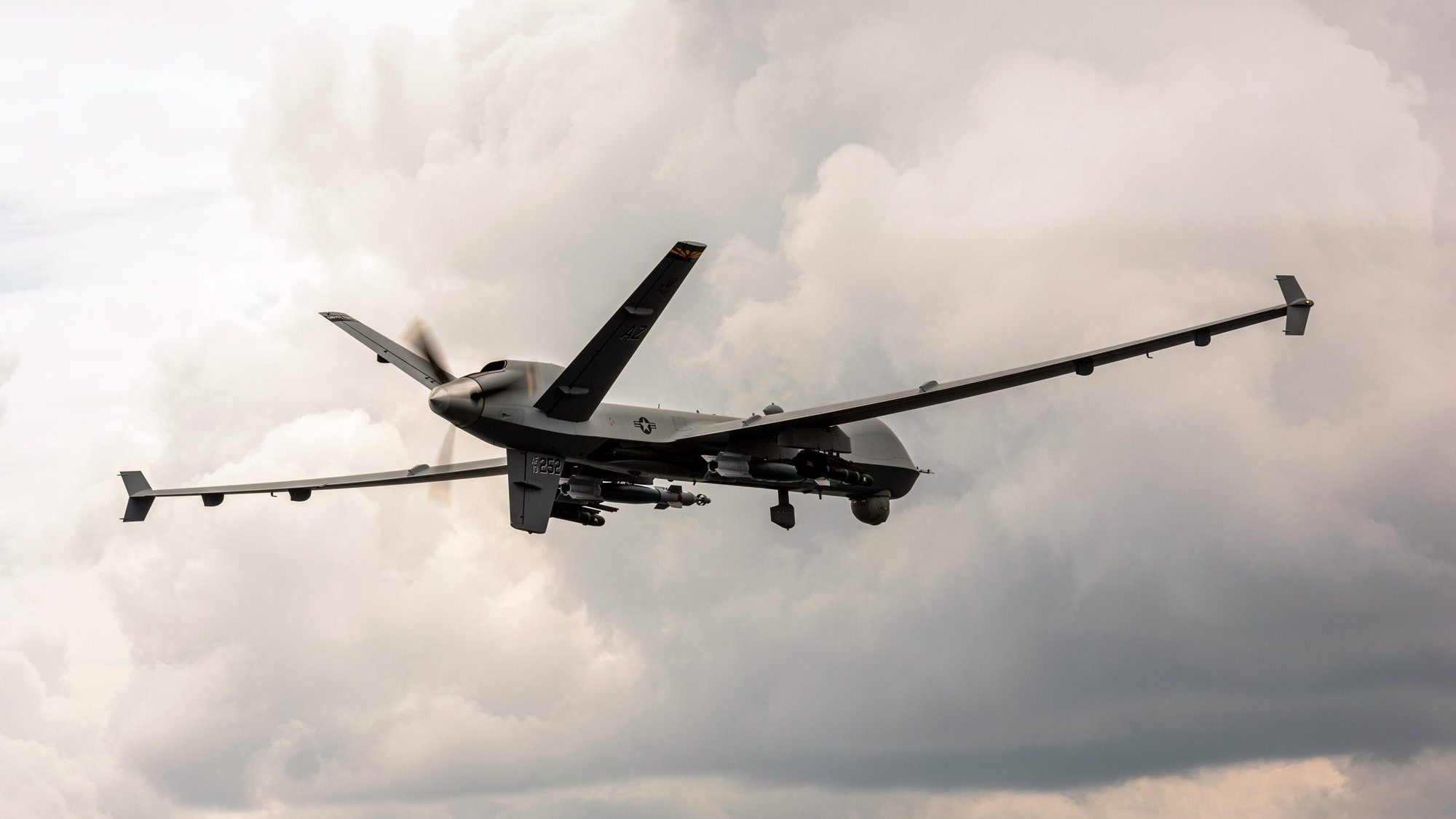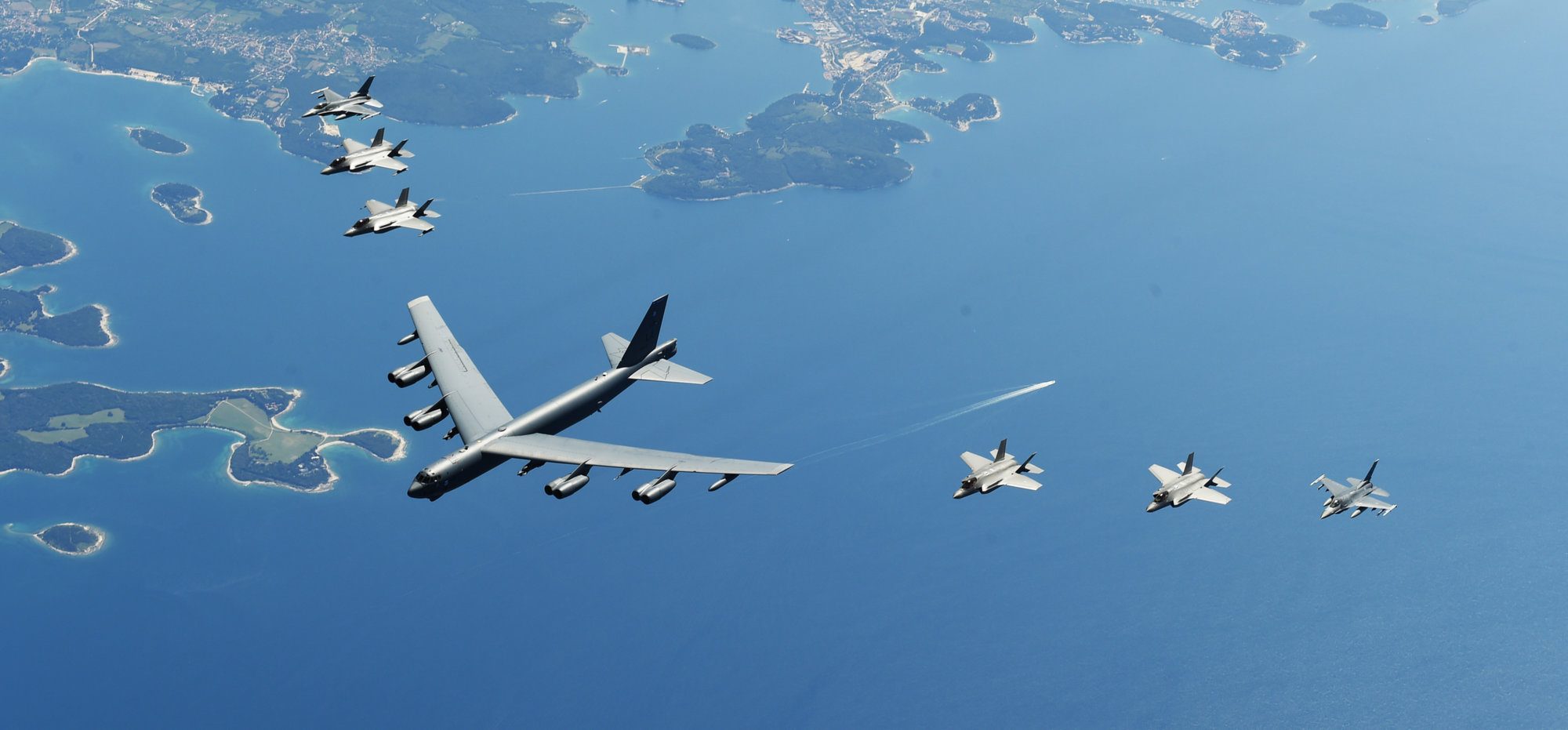Aerospace power is a fundamentally unique tool in its multiple forms of application, which can generally be broken down into the following categories: global strike; intelligence, surveillance and reconnaissance; aerial mobility; and air superiority. None of these missions exist in a vacuum. Instead, they are tremendously interconnected and interdependent. In fact, connectivity and processing power is transforming these individual applications into a multidisciplinary mission ecosystem, whereby the attributes of each mission can be combined real-time to yield enhanced effects.

When it comes to unique mission sets, global strike stands as a unique imperative. It allows commanders to hit any target they desire around the globe in a matter of hours. Empowered by intelligence that affords insight into what allows an adversary sustain military operations, air strikes are able to yield an outsized campaign results. Whether striking production facilities, command and control networks, logistics, or fielded forces, any adversary depends upon certain nodes that are especially important to their enterprise functionality. Combat aircraft can strike these targets directly by flying over defending forces. Their speed affords responsiveness, payload allows decisive firepower, and precision ensures prudent application of force. Added to this the survivability of stealth and modern electronic defensive systems, combat strike aircraft are also exceedingly resilient. This mission can be executed by a wide variety of aircraft, including fighters and remotely piloted aircraft. However, long range strike aircraft, commonly known as bombers, are the assets that best combine the attributes of range and payload to decisively execute this mission. However, the Air Force only possesses 157 bombers—of which only 20 are stealthy. This places an extreme imperative upon the B-21 program—an aircraft that combines fifth generation capabilities like stealth and combat cloud functionality with range and payload.

Added to this, fifth generation aircraft like the F-22, F-35, and B-21; sensor-shooter remotely piloted aircraft like the MQ-9; dedicated command and control planes like the E-3 AWACS and E-8 JSTARS; intelligence, surveillance, and reconnaissance (ISR) aircraft like the RQ-4 and U-2; and associated space-based sensors are tremendously powerful information-gathering tools that are able to rapidly gain situational awareness and impact mission operations in a rapid fashion. No other domain comes close to affording such rapid insights into real-time events unfolding in areas of interest. Data links and processing power are especially important in this realm, for these capabilities allow information gatherers to collaboratively partner with a wide range of available assets, including other aircraft, to net mission results in a highly collaborative fashion where the individual strengths of many systems are merged into a connected team unified for a given mission. This concept is known as the combat cloud. Fifth generation aircraft stand apart in this realm, for they combine the attributes of stealth-enabled survivability, information gathering and processing, ability to project kinetic firepower, and networked teaming into a unified, highly resilient aerospace tool. Growing the fifth-generation portion of the force stands as an important element of growing this mission capability and capacity.
Additionally, aerospace power also affords tremendous capability and capacity from a logistics perspective. The ability to move cargo—whether it be mission supplies or personnel—around the globe in a matter of hours is a crucial advantage for US forces. Aerial refueling is also a key component of this mission, extending the range of nearly every operational aircraft in the inventory. Given that US national security policy fundamentally depends on the notion of addressing threats before they reach American shores, this is a lynchpin capability. Nor is it just for the Air Force. Every service branch and allied partner involved in a given mission is highly reliant on US aerial global mobility aircraft. Current air mobility capabilities and capacity need to be reassessed in the context to the current operating environment. Logistics demands are bound to be far more demanding in an era of peer competition where more supplies will be required and mobility force attrition is a likely reality. The current force does not take these factors into account.
Last but not least, air superiority is a crucial mission that seeks to deny adversary aircraft and offensive airborne weapons systems the ability to successfully target friendly forces. This is a mission imperative, for ships at sea, forces on land, cyber and space installations, and other mission aircraft cannot project power in a viable fashion if subject to a concerted air attack. While fighter aircraft are the principle tools in securing these mission results, it is also important to highlight that long-range strike aircraft can play a vital role in surpassing an adversary’s ability to launch offensive aircraft and missiles. Cyber and electromagnetic spectrum tools will also be increasingly important in denying the enemy the ability to find, fix, track, and target friendly forces from the sky. This is a mission that has largely been taken for granted over the last two decades given the threat environment in Afghanistan and Iraq. This malaise was largely responsible for canceling the F-22 production at less than half the stated requirement in 2009, a decision that severely handicapped America’s air superiority capability and capacity. It is a key reason why accelerated procurement of the F-35 and continued emphasis upon the Next Generation Air Dominance (NGAD) program is so important. Peer competitors like China and Russia have not forgotten about the criticality of this mission and have deliberate sought to challenge US capabilities. It is time to reset this force.

In many ways, these individual missions can be summed up in a simple statement: global vigilance, global reach, and global power. While aerospace power is a game changer, it will only remain operationally viable if maintained in a smart, prioritized fashion. The fact that the US Air Force is flying the smallest and oldest aircraft fleet it has ever operated in its history, should stand as a warning regarding the need for a focused rest of capabilities in alignment with the national security strategy. It is not a coincidence that China is seeking to emulate the US Air Force and it is a signal that leaders should not take American airmen and the missions they execute for granted.

